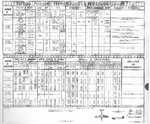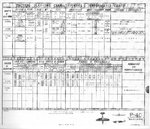CORSNING
Tech Sergeant
Hi Tomo,
I don't have any of these P-40 charts in my files YET. HOWEVER SIR, I brought
up GOOGLE and punched in P-40 tactical planning characteristics and performance
chart then BOOM! they are all there.


Tomo, always good to here from you sir, Jeff.


I don't have any of these P-40 charts in my files YET. HOWEVER SIR, I brought
up GOOGLE and punched in P-40 tactical planning characteristics and performance
chart then BOOM! they are all there.
Tomo, always good to here from you sir, Jeff.
Last edited:


